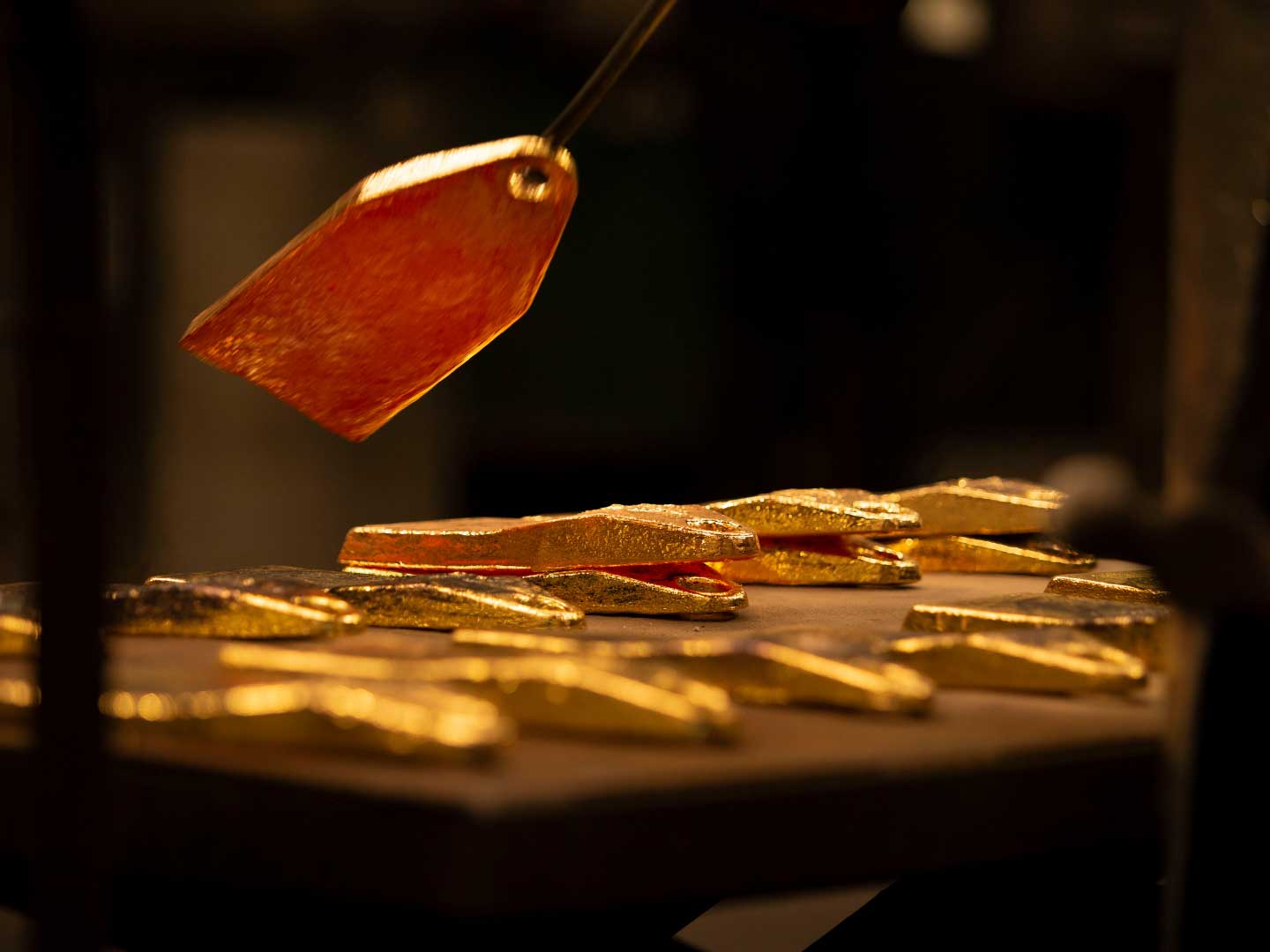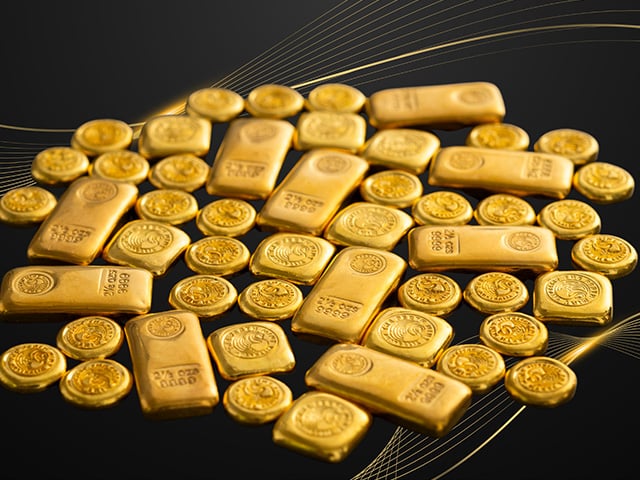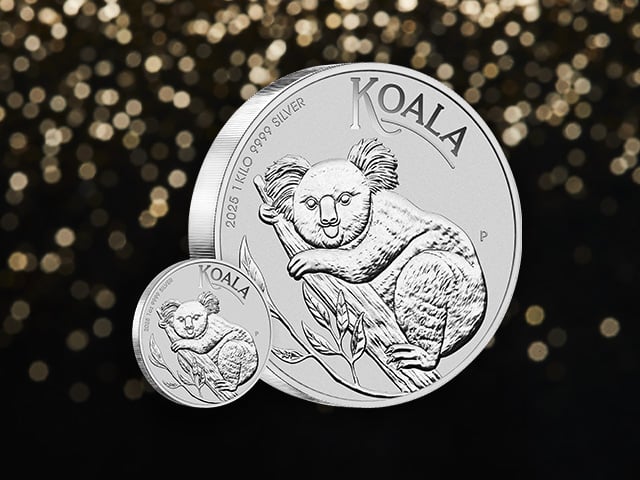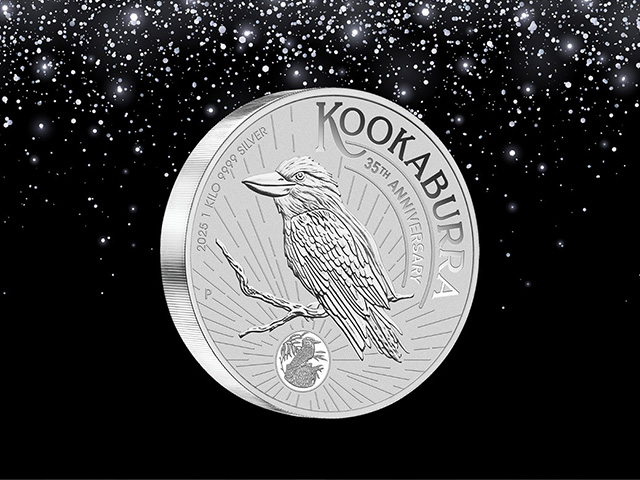Gold rallies strongly to start 2020 on a high

Precious metals have begun 2020 in a strong position, with gold up 4.80% in USD terms and almost 10% in AUD terms.
Key points for January:
- The assassination of Iranian military general Qassem Soleimaini, as well as fears over the spread of coronavirus are helping drive demand for safe haven assets, with bonds and the US dollar also rising.
- End of year demand figures for 2019 show near record levels of gold demand from ETF investors and central banks.
- Outlook for gold demand remains positive, with the global economy and financial markets facing several headwinds
January review of gold and silver markets 2020
Precious metal prices continued their rally in January 2020, with the price of gold and silver in USD rising by 4.80% and 1.13% respectively. Australian dollar investors saw even higher returns, driven by an almost 5% decline in the local currency, with the AUD gold price up by almost 10% for the month, comfortably topping AUD 2,300 per troy ounce by the end of January.
The rally in precious metals was driven by two key events in January. The first of these was the assassination of Iranian military general Qassem Soleimaini, which has investors rightly worried about elevated geopolitical tension in the Middle East. The second was the discovery and spread of the coronavirus from Wuhan in China, with fears the virus may develop into a global pandemic building by the day.
Precious metals were not the only safe haven assets that benefited, with the US dollar also rising, whilst government bonds have seen strong demand, with yields plunging (and prices rising) throughout January.
In the United States 10-year government bond yields fell by 20% for the month, whilst in Australia, 10-year government bond yields fell by 30% during January 2020, the largest monthly decline in percentage terms since the turn of the century.
Given the demand for safe haven assets, many would have expected share markets to tumble, but this did not transpire. Globally, the MSCI All World and S&P 500 indexes were essentially flat, whilst in Australia, the ASX 200 index reclaimed the 7,000-point mark, increasing by almost 5% for the month.
This stronger than expected performance from equity markets owes little to improvements in global economic data, with the JP Morgan Global Manufacturing PMI for January 2020 showing only the slightest of expansions in economic activity.
Instead it is largely due to optimism over the US-China trade deal, whilst expectations of continued monetary support from central banks (despite the Fed keeping rates unchanged at their meeting in January) and negative real yields on trillions of dollars of bonds across the developed world continue to provide support for risk assets.
Gold ETF flows
Gold ETF holdings hit all-time highs in 2019, as investors in North America and Europe increased their exposure to the precious metal. In total, holdings in global gold ETFs grew by 14% in terms of total tonnes of gold backing the products, whilst the market value of the products increased by almost 40%, owing to the strong rally in the gold price last year.
Global gold ETFs saw inflows of more than 400 tonnes in 2019, a calendar year figure that has been exceeded only twice in the last 15 years.
The first of those was in 2009, during the height of the Global Financial Crisis (GFC), when central banks including the US Federal Reserve began quantitative easing programs. The second time was 2016, when Brexit and the election of Donald Trump saw demand for gold ETFs soar.
If history repeats, then gold investors should be relatively optimistic regarding the potential for gold to perform well in the year after such strong inflows into gold ETFs are seen, with gold in USD rising by 28% in 2010, and 12% in 2017.
Central bank demand near record highs
Central banks notched up their 10th consecutive year of net gold purchases, with demand in 2019 again topping 650 tonnes. This level of demand has only been surpassed once in the last 50 years in 2018.
Gold price outlook
The pullback in the gold price seen in the first few trading days of February is a reminder of the short-term risks facing precious metal investors, especially given the yellow metal had rallied over 30% in USD terms between September 2018 and end January 2020.
Short-term volatility aside, the fundamentals remain strong, with many tailwinds supporting gold demand and therefore prices in the period ahead. The low yield environment and elevated geopolitical concerns are likely to support central bank and gold ETF demand, even if investment levels fall short of the near record numbers seen in 2019.
Financial market uncertainty will also help drive gold allocations, as investors seek to hedge against any potential falls in equity markets. This would seem prudent, not only because equity markets remain at or near all-time highs in parts of the developed world, but also because global price-earnings ratios are at elevated levels, whilst expectations for earnings growth are declining.
These risks and the desire for investors to hedge against them by owning gold as part of their portfolio will only be exacerbated if concerns about the coronavirus continue to build, with China now accounting for close to 16% of global GDP, versus closer to 4% when the SARS virus hit back in 2003.
The economic threat from coronavirus may be particularly acute in Australia, given our reliance on Chinese demand for commodity exports, as well as our education sector, with the number of Chinese students in Australia more than quintupling since 2002.
Australia’s tourism industry, already reeling from the bushfire crisis, will also be severely impacted from travel restrictions in place, with these factors contributing to a nine-year low in business confidence, according to a January 2020 survey from Roy Morgan.
Given these challenges, it is no surprise that an end January 2020 Bloomberg survey on the outlook for Australian interest rates saw the majority of respondents forecast that the RBA will cut the cash rate to just 0.25% by the end of the year.
Some economists, including Dr Shane Oliver from AMP Capital, are also warning that the Australian economy may already be in recession, with ANZ forecasting a decline in economic output in Q1 2020.
In due course, the challenges facing the domestic economy can be expected to exert downside pressure on the value of the AUD, boosting the returns that Australian investors may earn from investing in precious metals.
DISCLAIMER
Past performance does not guarantee future results. The information in this article and the links provided are for general information only and should not be taken as constituting professional advice from The Perth Mint. The Perth Mint is not a financial adviser. You should consider seeking independent financial advice to check how the information in this article relates to your unique circumstances. All data, including prices, quotes, valuations and statistics included have been obtained from sources The Perth Mint deems to be reliable, but we do not guarantee their accuracy or completeness. The Perth Mint is not liable for any loss caused, whether due to negligence or otherwise, arising from the use of, or reliance on, the information provided directly or indirectly, by use of this article.
Articles referenced
World Gold Council – Gold Demand Trends
https://www.gold.org/goldhub/research/gold-demand-trends/gold-demand-trends-full-year-2019
JPM Morgan Manufacturing Data
https://www.markiteconomics.com/Public/Home/PressRelease/8484b7934c3a4cdaa0296c176c51b21d
Importance of China Economy – SARS v Corona
https://www.cnbc.com/2020/02/05/coronavirus-how-china-economy-has-changed-since-sars.html
Number of Chinese students in Australia
https://www.theaustralian.com.au/commentary/universities-have-put-an-awful-lot-of-eggs-in-their-chinese-baskets/news-story/5fc0df9dcb092acb4beaad5b07666fbb
Shane Oliver warning on recession
https://www.abc.net.au/news/2020-02-05/rba-lowe-sees-coronavirus-and-bushfire-economic-speedbumps/11931822?pfmredir=sm
Roy Morgan Business Confidence
http://www.roymorgan.com/findings/8271-roy-morgan-business-confidence-january-2020-202002030554













